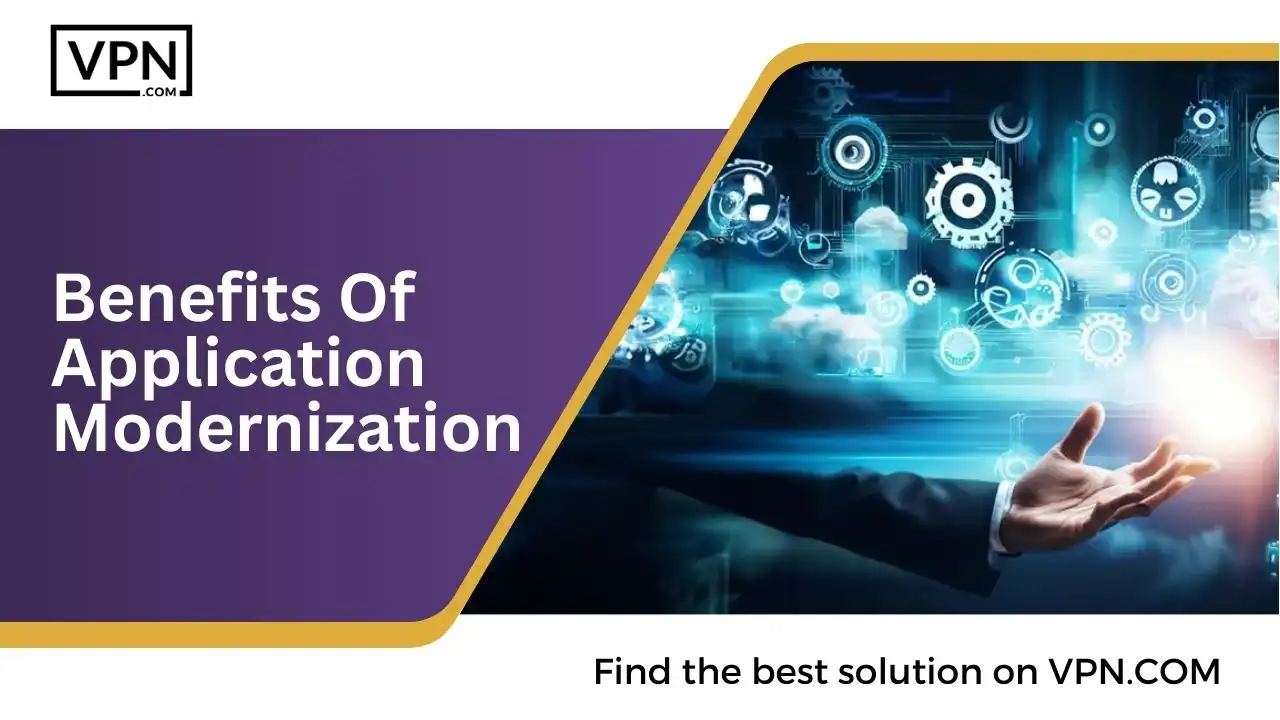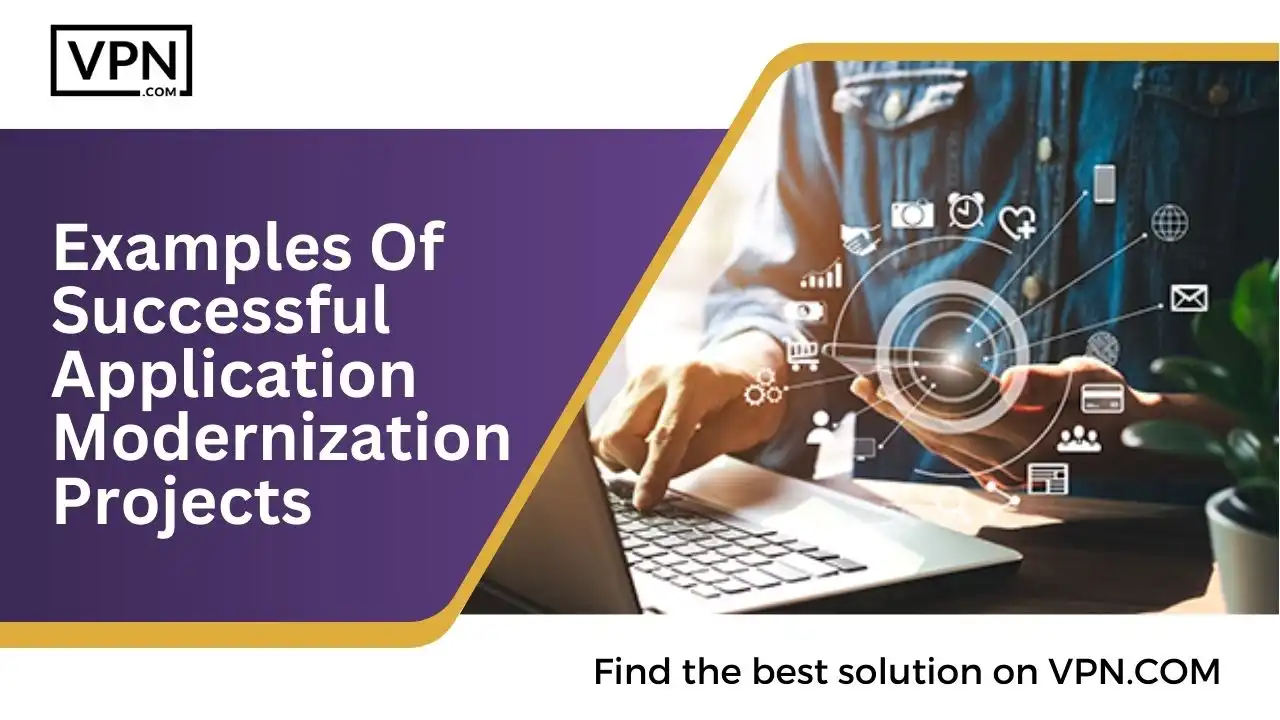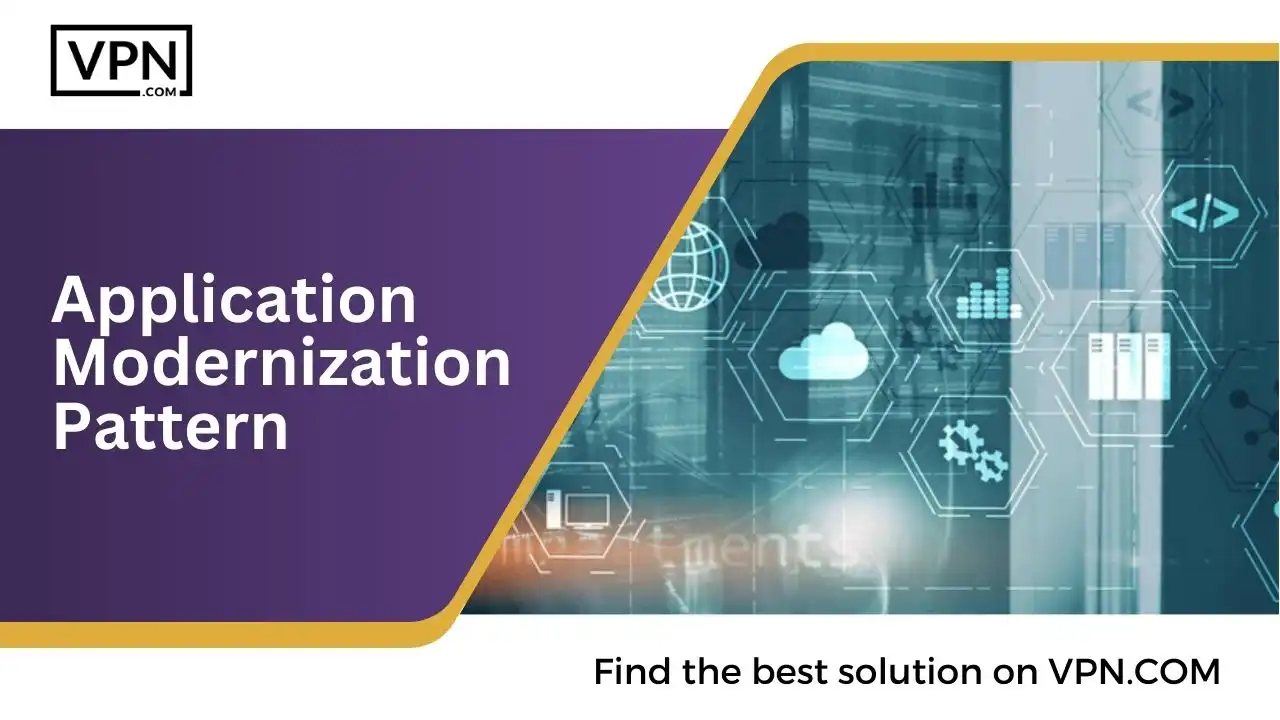What Is Application Modernization

Application modernization, or software or platform modernization, is the process of updating, converting, or porting legacy systems to modern computer programming languages, architectures, software libraries, protocols, or hardware platforms. This practice is crucial in aligning with business objectives, improving process efficiencies, and enhancing business performance.
It involves various strategies such as rehosting, refactoring, rearchitecting, rebuilding, and replacing, and is often associated with challenges like data security, regulatory compliance, system complexity, and user experience.
The application modernization process is typically driven by the need to leverage newer computing approaches, including cloud computing and containerization. It provides competitive advantages by fostering innovation, scalability, and security. The most common approaches to legacy application modernization include re-platforming, refactoring, and re-architecting. However, the process can be complex and requires a thorough understanding of the system being modernized.
Application modernization is critical to an enterprise’s digital transformation strategy, offering benefits such as improved operational efficiency, reduced costs, and enhanced business agility. However, it requires careful planning and execution, considering potential challenges such as data migration, system integration, and technical skill gaps.
Despite these challenges, modernizing applications is becoming a top priority for enterprises, with around 80% of legacy applications expected to be modernized in the next five years. Application modernization offers many benefits to organizations, both for the applications themselves and the business.
Benefits Of Application Modernization

The following are some critical benefits of application modernization:

Our #1 Rated Monitoring Service
- 24x7x365 multi-cloud security
- Security Assessment & Remeditation
- DevSecOps
- Cloud Disaster Recovery
Increased Efficiency
One of the key benefits is increased efficiency. Modernizing applications can streamline development, allowing organizations to devote more time and resources to innovation rather than maintaining outdated systems. This can result in faster time to market for new offerings and updates.
Enhances Compatibility
Application modernization also enhances compatibility with cloud technology, providing additional benefits such as scalability, agility, and lower costs. This compatibility can also improve security and reliability, as organizations can leverage cloud platforms’ built-in updating and security capabilities.
Potential For Cost Savings
Another significant benefit is the potential for cost savings. Modernizing applications can reduce IT spending, lower application maintenance and running costs, and decrease hardware, software, and staff expenses. This can result in significant infrastructure savings year-over-year.
Improved Business Performance
Improved business performance and process efficiencies are also notable benefits of application modernization. Modernized applications can be updated frequently and refined with bug fixes and security patches, improving operational efficiency and business performance.
Enhance Productivity
Furthermore, a practical application modernization strategy can enhance productivity. It allows employees to work on different tasks simultaneously, enhancing the time-to-market and increasing employee productivity.
Improved User Experience
Improved user experience is another crucial benefit. Modernized applications can provide better cross-platform performance, more intuitive use, info-rich dashboards, simplified interactions, smoother onboarding, and enhanced website security.
Competitive Advantages
Lastly, application modernization can transform customer experience and provide competitive advantages. By delivering innovative, fast-to-market apps, businesses can more effectively respond to new market opportunities, gain efficiencies, and engage customers.
The benefits of application modernization are manifold, ranging from increased efficiency and compatibility with cloud technology to cost savings, improved business performance, enhanced productivity, improved user experience, and competitive advantages. Despite the potential challenges, these benefits make application modernization a top priority for many enterprises.
Examples Of Successful Application Modernization Projects

Application modernization projects can vary significantly in scope and complexity, but several examples illustrate the potential benefits and strategies involved in such initiatives.
Microservices Adoption
One successful application modernization project example involved a team that transitioned from a monolithic architecture to a microservices architecture. This change allowed for faster deployment cycles and increased concurrent development, which improved visibility and efficiency.
US Ski and Snowboard Team
The US Ski and Snowboard Team needed to modernize its legacy systems for storing internal data on Olympic athletes and sports club participants. Their membership application must be integrated with their core systems, which posed a significant challenge. The modernization project helped streamline their operations and improve data management.
Jaguar Land Rover
Chris Hill, Head of Systems Engineering for Infotainment at Jaguar Land Rover, shared his team’s journey from 4-6 weeks feedback loops to just 30 minutes. This was achieved by reducing lifecycles and simplifying their toolchains, significantly improving their development efficiency.
These examples demonstrate how application modernization can address specific challenges, improve efficiency, and enhance business outcomes. However, it’s important to note that each modernization project is unique and requires a thorough understanding of the system being modernized and careful planning and execution.
Specific Goals Of Successful Application Modernization

The specific goals of successful application modernization projects typically revolve around improving business processes, enhancing customer experience, and leveraging new technologies to gain competitive advantages. Here are some examples of goals from various modernization projects:
Microservices Adoption
The goal was to break down large, monolithic applications into smaller, more manageable components or services, allowing for faster deployment cycles and increased concurrent development, ultimately improving visibility and efficiency.
US Ski and Snowboard Team
The modernization project aimed to integrate their membership application with core systems to streamline operations and improve data management for Olympic athletes and sports club participants.
Jaguar Land Rover
The company aimed to reduce feedback loops from weeks to minutes by reducing lifecycles and simplifying their toolchain, significantly improving development efficiency. Additionally, under its Reimagine strategy, Jaguar Land Rover is transforming into an electric-first business and aims to become carbon net zero across its supply chain, products, and operations by 2039.
General Business Goals
Common business goals driving application modernization include cost savings, performance improvement, and enhanced security. These goals are tied to business outcomes such as moving applications to more cost-effective environments, achieving better application response rates and availability, and reducing the risk of compliance or data privacy issues.
Each of these projects had specific objectives aligned with the broader business strategy, whether to improve efficiency, reduce costs, enhance security, or prepare for future technological shifts. The success of these projects depended on a clear understanding of these goals and careful planning and execution to achieve them.
Application Modernization Pattern

Application modernization updates older software for newer computing approaches, including newer languages, frameworks, and infrastructure platforms. This practice is also sometimes called legacy modernization or legacy application modernization.
The goal is to improve business processes, enhance customer experience, and leverage new technologies to gain competitive advantages. Here are some common patterns for modernizing applications:
Lift and Shift (Rehosting)
This pattern involves moving an existing application to a new environment, such as a public cloud platform, with little to no changes to its underlying code. This is the least intensive approach and can help teams manage the performance and availability of their existing applications.
Replatforming
Replatforming is similar to rehosting but involves some application modification to take advantage of the new cloud infrastructure. Typical modifications are performed during re-platforming to optimize the application for the new environment.
Refactoring
Refactoring is moving applications to cloud infrastructure while re-architecting them to suit the cloud environment better. This strategy involves modifying existing software, or a large chunk of the code base, to take advantage of cloud-based features and the flexibility and elasticity that come with them. Refactoring is much more complex than other cloud migration approaches and requires careful planning and execution.
Strangler Pattern
The Strangler pattern is a specific refactoring strategy used to transform a monolithic application into a set of microservices incrementally. This pattern involves gradually replacing parts of the application with new microservices until the original application is fully strangled (replaced).
Retire
This strategy involves decommissioning or archiving applications that are no longer needed or beneficial to the business. This can help organizations focus their resources on the most valuable applications.
Retain
The Retain strategy is used when a company cannot currently migrate the application but they do not want to retire it because it has meaningful business value. Consequently, they will postpone that portion of the migration.
Each pattern has its advantages and disadvantages, and the choice of pattern depends on the specific needs and constraints of the organization and the application being modernized. It’s important to note that these patterns are not mutually exclusive and can be combined in a single modernization project to achieve the desired outcomes.
Key Technologies For Application Modernization

Application modernization updates older software for newer computing approaches, including newer languages, frameworks, and infrastructure platforms. This practice is also sometimes called legacy modernization or legacy application modernization.
The goal is to improve business processes, enhance customer experience, and leverage new technologies to gain competitive advantages. Here are some key technologies for modernizing applications:
Cloud Computing
Cloud computing is a fundamental technology for application modernization. It involves migrating traditional applications to modern cloud environments, including public cloud platforms, private clouds, and hybrid clouds (which usually refer to public and/or private clouds integrated). Cloud computing provides scalability, flexibility, and cost-effectiveness, making it a critical part of any modernization strategy.
Microservices
Microservices architecture is a design approach where an application is built as a collection of small services, each running in its process and communicating with lightweight mechanisms. This approach allows for increased agility and scalability, making it a popular choice for modernizing monolithic applications.
Containers
Containers are a cloud-centric method for packaging and deploying applications. They encapsulate an application and its dependencies into a single executable package, which can run consistently on any infrastructure. This makes them ideal for modernizing applications and moving them to the cloud.
APIs
Application Programming Interfaces (APIs) are sets of rules and protocols that allow different software applications to communicate with each other. APIs are crucial for modernizing applications as they enable integration with other systems and services and allow for the creation of modular, flexible architectures.
Automation
Automation is a crucial technology for application modernization. It can automate various software development and deployment aspects, reducing manual effort and increasing efficiency. Automation can be particularly beneficial in a DevOps context, where it can streamline the continuous integration and continuous delivery (CI/CD) pipeline.
Low-Code Platforms
Low-code platforms provide a development environment for creating application software through graphical user interfaces and configuration instead of traditional hand-coded programming. They can accelerate the modernization process by enabling rapid development and deployment of applications.
DevOps and Continuous Integration/Continuous Delivery (CI/CD)
DevOps is a set of practices that combines software development and IT operations. It aims to shorten the systems development life cycle and provide continuous delivery with high software quality. CI/CD is a critical part of DevOps that involves regularly integrating code changes and automatically testing and deploying those changes.
These technologies play a crucial role in application modernization, helping organizations improve efficiency, agility, and scalability and deliver better customer experiences.

Our #1 Rated Monitoring Service
- 24x7x365 multi-cloud security
- Security Assessment & Remeditation
- DevSecOps
- Cloud Disaster Recovery
Conclusion
In conclusion, application modernization is a critical process that involves updating, converting, or porting legacy systems to modern programming languages, architectures, software libraries, protocols, or hardware platforms. This practice is essential for aligning with business objectives, improving process efficiencies, and enhancing business performance.
It involves various strategies such as rehosting, refactoring, rearchitecting, rebuilding, and replacing, and is often associated with challenges like data security, regulatory compliance, system complexity, and user experience.
Application modernization offers numerous benefits, including increased efficiency, enhanced compatibility with cloud technology, cost savings, business performance, productivity, user experience, and competitive advantages.
Successful application modernization projects, such as adopting microservices, modernizing the US Ski and Snowboard Team’s systems, and improving Jaguar Land Rover’s development efficiency demonstrate the potential benefits and strategies involved in such initiatives.
Application modernization patterns, including lift and shift, re-platforming, refactoring, rearchitecting, the strangler pattern, retire, and retain, provide different approaches to modernization based on the specific needs and constraints of the organization and the application being modernized.
Critical technologies for application modernization, such as cloud computing, microservices, containers, APIs, automation, low-code platforms, DevOps and CI/CD, are crucial in improving efficiency, agility, and scalability and delivering better customer experiences. Despite the potential challenges, these benefits and technologies make application modernization a top priority for many enterprises.




